The 8th of March is International Women’s Day, a day to celebrate the achievements of women in all fields throughout history. To celebrate and empower women’s work, we’ve put together a list of female scientists who have helped to pave the way for the modern science we have today and study at SNES.
Maria Sibylla Merian 1647-1717
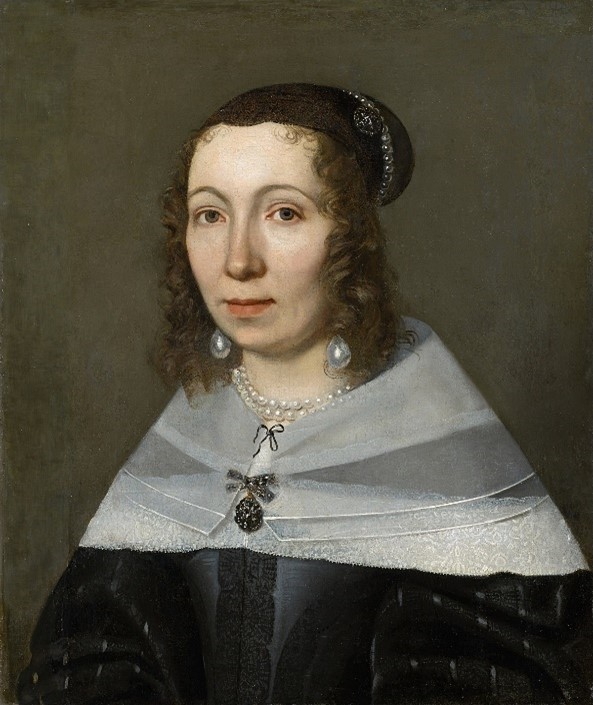
Merian was a German entomologist and artist who from a young age formed an interest in insects and nature. Her interests were particularly sparked by the life cycle of insects such as caterpillars and their metamorphosis into butterflies, having her own collection of them to observe and study. She is known for her illustrations of plants and insects through various stages of life and the relationship between them; these illustrations can be found in her many books. She is also well known for her five year long expedition to Suriname to study the metamorphosis of insects which she documented in her book: ‘The Metamorphosis of Insects in Suriname’. Her scientific yet beautiful illustrations make her an inspiration to both artists and scientists everywhere.
Marie Maynard Daly 1921-2003
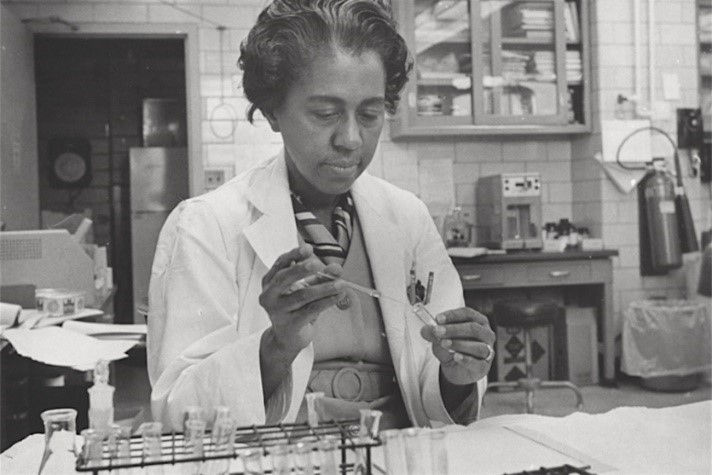
Daly was a biochemist and the first African American woman to obtain a P.H.D. in Chemistry in the United States and conducted important research on cholesterol, sugars and proteins and helped to discover the link between cholesterol and clogged arteries. This research has helped for us to understand heart disease and the ways to treat it and save millions of lives. She also developed programs to help increase the enrolments of minority students in medical schools and created a scholarship fund for African American science students at Queen’s College in 1988.
Sylvia Earle 1935-Present

Earle is an American marine biologist and oceanographer who is known for her research on algae and her many documentaries, lectures and books raising awareness for the dangers of overfishing and pollution; she also set the world record for the longest untethered dive, walking the sea floor at a depth of 381 meters in 1979. However, she is not only known for her research and conservation efforts as with her husband Graham Hawkes she helped to found two companies to build and design vehicles that could be used in the deep ocean by scientists: Deep Ocean Engineering and Deep Ocean Technology. Not only this, but she also founded Mission Blue, an organisation founded to protect and explore the ocean.
Wangari Maathai 1940-2011
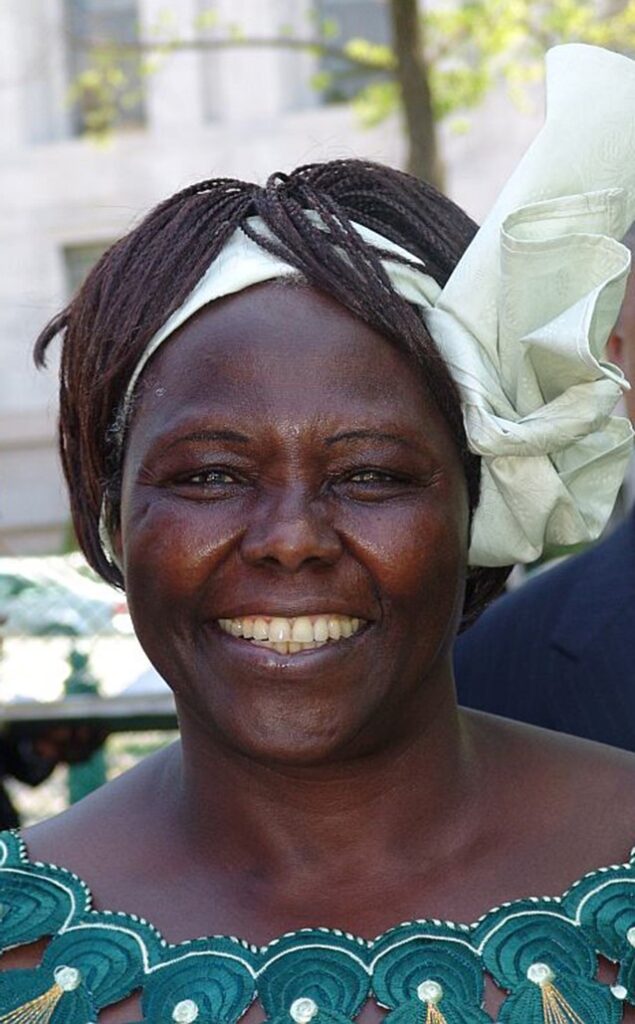
Maathai was a Kenyan politician and environmental activist who founded the Green Belt Movement in 1977, an organisation which planted over 30 million trees by the early 2000s and winner of the 2004 Nobel Peace Prize Laureate for her contribution to sustainable development, democracy and peace. As a result of her activism with the Green Belt Movement, other African countries were inspired to start similar initiatives such as Zimbabwe, Tanzania and Ethiopia. She also advocated for Women’s issues, human rights and AIDS prevention and her organisation helped around 900,000 women.
Tu YouYou 1930-Present
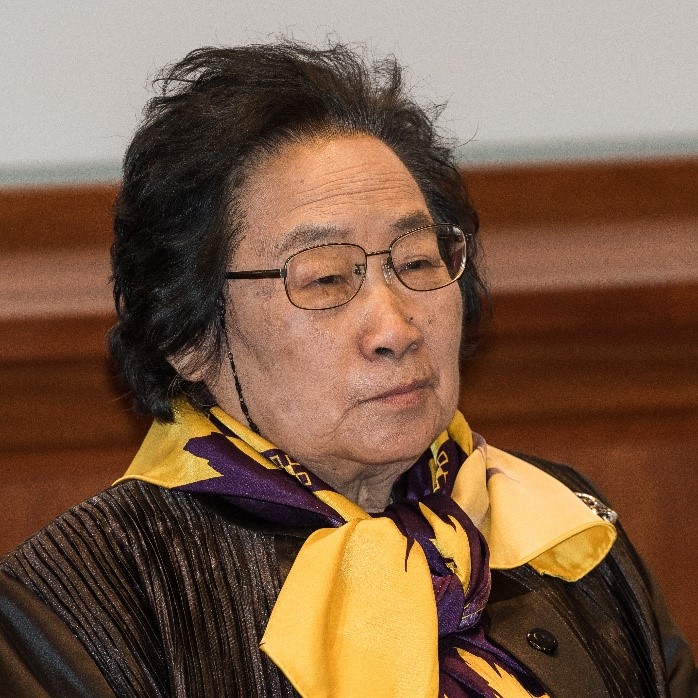
Tu is a Chinese chemist who is known for discovering artemisinin, one of the world’s most effective anti-malarial drug in 1972 and is the shared winner of the Nobel Prize for Physiology or Medicine in 2015. Her knowledge of ancient Chinese medicine from her studies in 1958-1962 contributed to the discovery of artemisinin and later dihydroartemisnin which successfully reduced the levels of parasites in the blood of malaria patients. If it were not for her discoveries and developments, the number of deaths caused by malaria would be massively higher.
Alice Ball 1892-1916
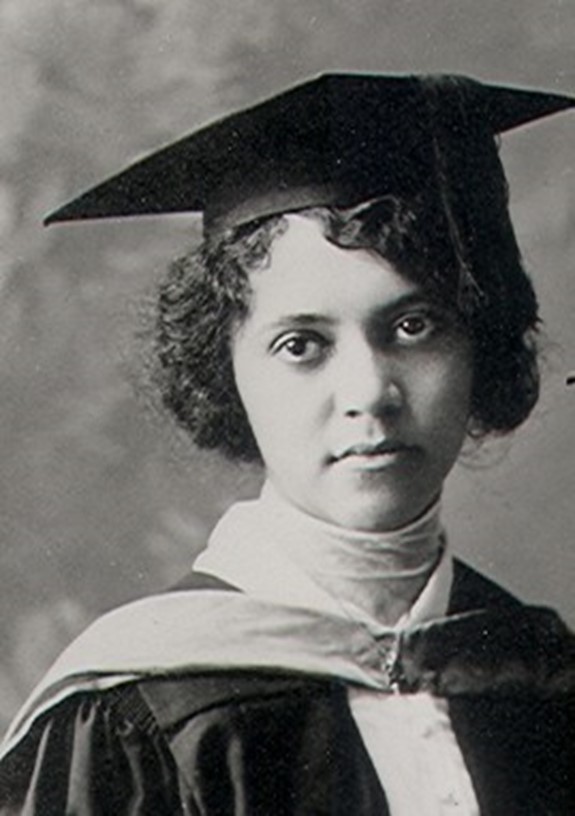
Ball was an African American chemist who developed the most effective cure for leprosy until the 1940s, the Ball Method; at age 23 she revolutionised the remedy of chaulmoogra oil by making it injectable and able to be absorbed into the blood. Due to her research, people with leprosy were free from exile in the island of Molokai and were able to be treated; she is accredited as one of the most influential women in Hawaiian history.
